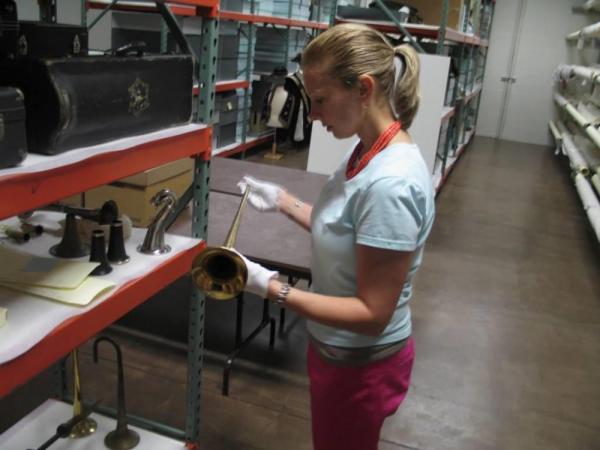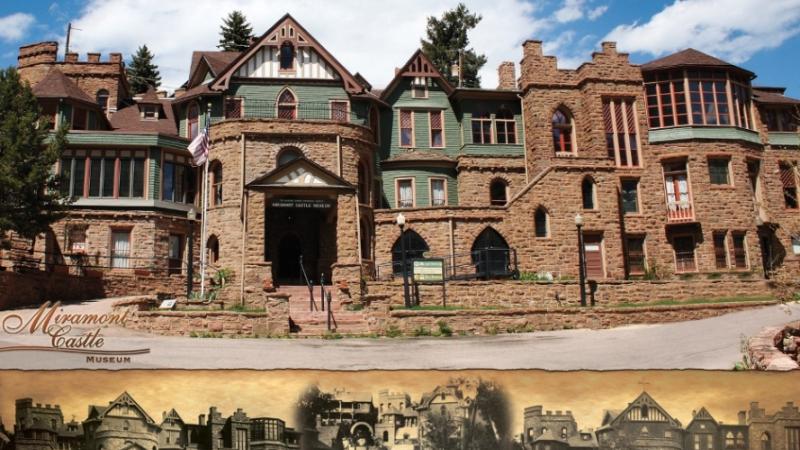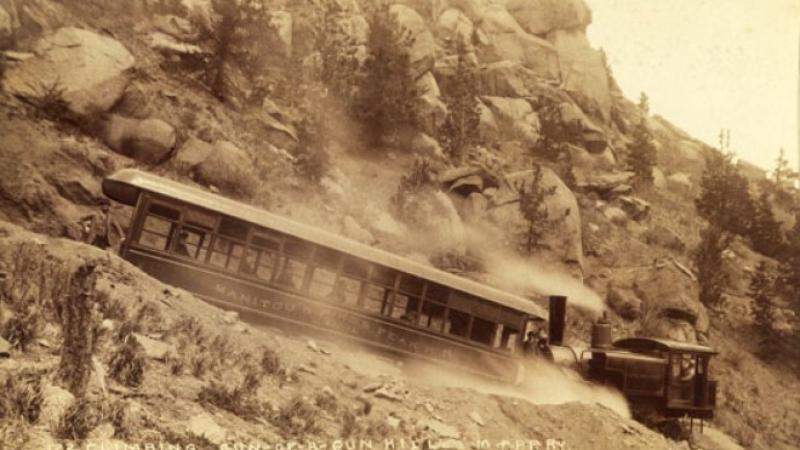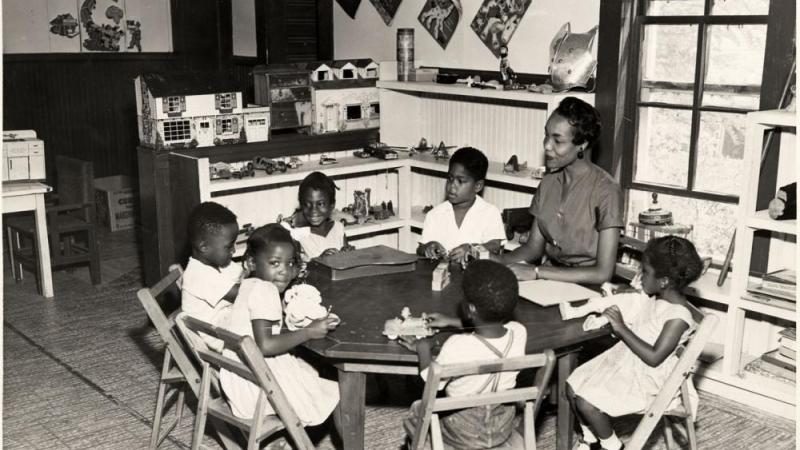Preservation Assistance Grants for Smaller Institutions Guidelines Available!

“Band Instrument Capital of the World,” Elkhart County, Indiana.
Courtesy of the Elkhart County Historical Museum

“Band Instrument Capital of the World,” Elkhart County, Indiana.
Courtesy of the Elkhart County Historical Museum
Are you a small institution with a significant humanities collection? Then you may want to apply to the NEH’s Preservation Assistance Grants for Smaller Institutions. Guidelines are available for the next deadline of May 5, 2015, and now is the right time to be planning if you want to submit an application this year.
Since 2000, NEH has made over 1,800 awards for Preservation Assistance Grants (commonly known as PAGs) to libraries, museums, historical societies, archival repositories, cultural organizations, town and county records offices, and colleges and universities that want to improve their ability to preserve and care for their humanities collections. In all 50 states, and in Puerto Rico, PAG awards have enabled many small and mid-sized cultural repositories to hire consultants to do a preservation assessment; purchase preservation supplies, including shelving and archival folders; and acquire environmental monitoring equipment. PAGs also support cultural heritage institutions develop disaster or environmental monitoring plans, or train their staffs in the care and storage of humanities collections or the best practices for cataloging and arranging and describing collections.
The interactive map picture here shows the distribution of Preservation and Access Grant Awards made between 2000 and 2014.
The interactive map pictured here shows the distribution of Preservation Assistance Grant awards made between 2000 and 2014. If you are interested in learning about awards made in a particular state, you can zoom in by double-clicking, and if you hover over a red dot (which appears darker if there is a greater density of awards in one area), the name of the awardee will appear. Click on the name and you’ll get the project details. Or zoom out, and think about how many humanities collections are in better condition today as a result of the awards made through this grant program! To zoom in or out at will, use the plus and minus symbols on the upper right hand corner of the page.
Here are a few examples of projects that you will find:
- Part of a good preservation plan is being prepared for natural and man-made disasters. Alliance for Response, a national program on cultural heritage and disaster management, works to build bridges between the cultural heritage and emergency response communities before disasters happen. Through a PAG award, the Alliance for Response Pittsburgh (AFR Pittsburgh) built a cache of disaster response supplies to be shared by humanities organizations in the greater Pittsburgh region, and held a disaster response training workshop. In May 2012, AFR Pittsburgh held a day-long meeting explaining the purpose of the disaster supply cache and demonstrating how each of the supplies works (see image gallery). The meeting was attended by representatives from some of the most important cultural and educational institutions in the region: Allegheny College, Andy Warhol Museum, Carnegie Library of Pittsburgh, Carnegie Mellon University, Carnegie Museum of Natural History, Chatham University, Duquesne University, Heinz History Center, Pittsburgh Symphony, University of Pittsburgh, and University of Pittsburgh iSchool.
- Elkhart, Indiana, is known as the “Band Instrument Capital of the World,” home to the Selmer, Conn, and Martin manufacturing companies, and the Elkhart Historical Society maintains business records and artifacts telling this story as well as other aspects of the area’s economic, social, and cultural history, dating from the 1830s--all of which has been more effectively preserved as a result of a 2010 PAG award through the purchase of environmental monitoring equipment and storage cabinets and the services of a preservation consultant to help ensure proper use of these items.
- In 2012, the Manitou Springs Historical Society (Manitou Springs, Colorado) received a PAG to support a storage move and the training of staff in the use of environmental monitoring equipment to help ensure appropriate conditions for maintaining humanities collections at the society’s Miramont Castle, a 14,000 square-foot edifice constructed by a French missionary priest and later used as a sanitarium for the treatment of tuberculosis. Today, the museum showcases both the elaborate architecture and artifacts of the Victorian Era, and the role of Colorado and the West in health treatments during the 19th century. Collections include ceramic and glass artifacts, furniture, paintings, textiles, photographs, scrapbooks, newspapers, and postcards.
- In 2013, NEH awarded a Preservation Assistance Grant to the Southern University at Shreveport (Shreveport, Louisiana) for a comprehensive assessment of its Black Ethnic Archives, which provides a picture of everyday life and community activity during the civil rights era and beyond. The collections include the complete run of the Shreveport Sun, the oldest African American newspaper in Louisiana (1927-present); materials on notable African Americans in Shreveport; and the papers of local activists, who worked with national leaders such as Dr. King to rally local support.
Application Information
Preservation Assistance Grants provide up to $6,000 of funding for the following activities: preservation assessments, purchase of preservation supplies and equipment, development of environmental monitoring and disaster plans, and education and training. We encourage small and mid-sized cultural heritage institutions with significant humanities collections to consider applying, and especially those that have never before received an NEH grant. We also have a special encouragement for presidentially-designated institutions (historically black colleges and universities, Hispanic-serving institutions, and tribal colleges and universities) and Native American tribes with significant humanities collections. If you have an idea for a project that you think might fit the Preservation Assistance Grant program, or if you simply want to find out more about the program, please contact us at: @email or by phone at: 202-606-8570. Guidelines for the program are available here.





